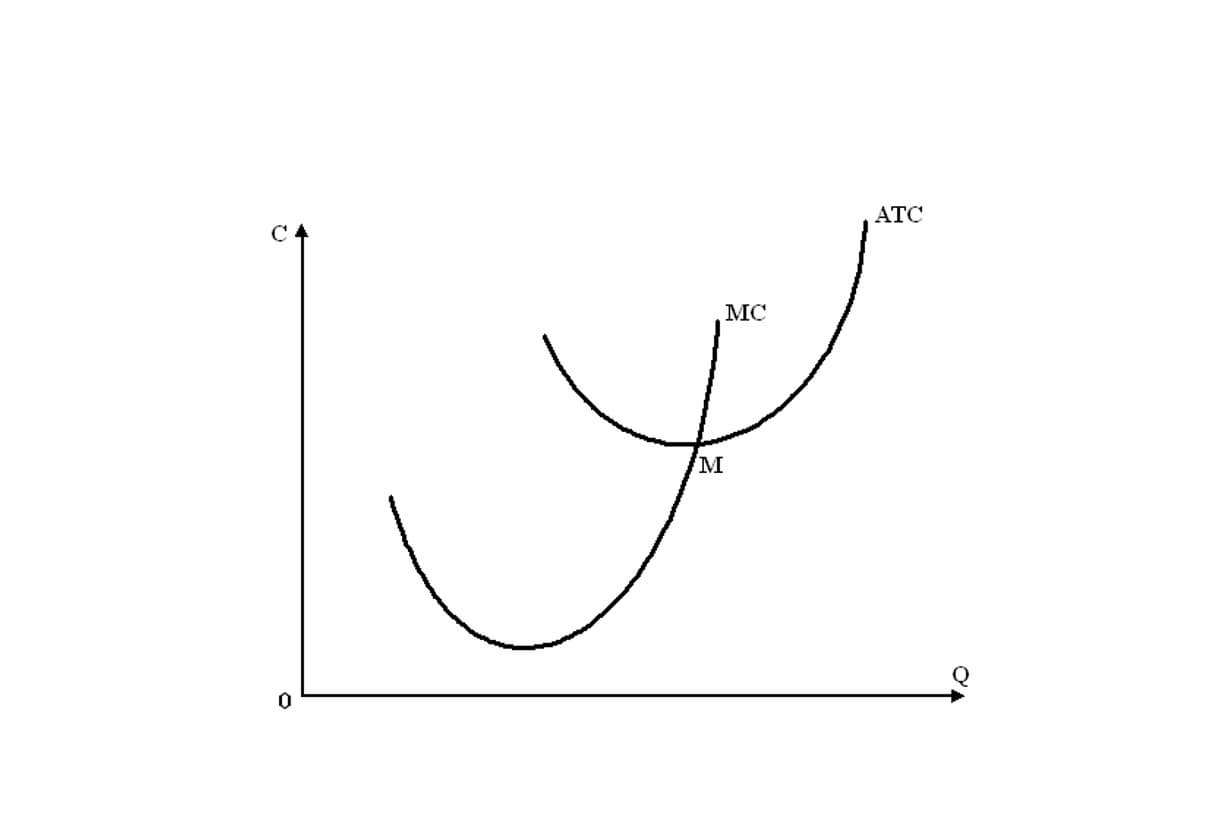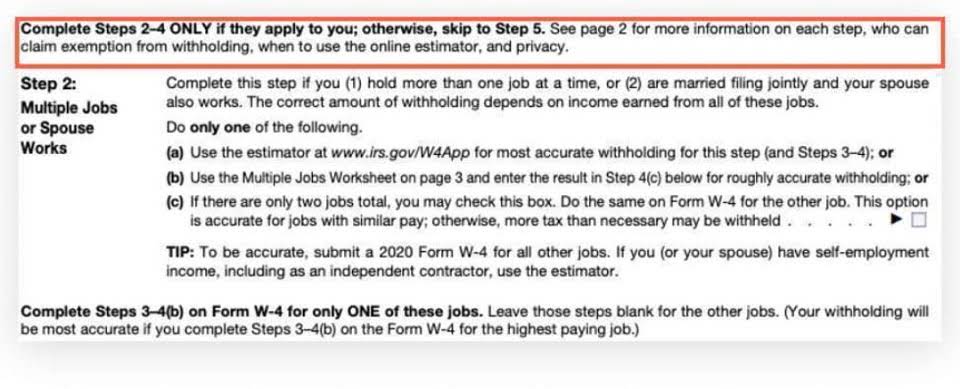
The easiest way to remember them is that debits are on the left and credits are on the right. This means debits increase the left side of the balance sheet and accounting equity normal balance equation, while credits increase the right side. A contra account contains a normal balance that is the reverse of the normal balance for that class of account.
Debit and Credit
This means that contra accounts reduce the net amount reported on the financial statement and business transaction. This means that when invoices are received from suppliers, the accounts payable account is credited, and when payments are made to suppliers, the accounts payable account is debited. On the other hand, the accounts payable account will usually have a negative balance. A glance at an accounting chart can give you a snapshot of a company’s financial health.
- Similarly, there is little reason for a business to pay a liability in excess of what it owes.
- For instance, when a business buys a piece of equipment, it would debit the Equipment account.
- Opening balance equity is an account created by accounting software to offset opening balance transactions.
- Identifiable intangible assets include patents, licenses, and secret formulas.
How to Know What to Debit and What to Credit in Accounting
These accounts generally carry a credit balance, as revenues increase equity. When a company earns revenue, the revenue account is credited, reflecting the increase in the company’s assets or the settlement of a liability through its business activities. Conversely, any adjustments or returns that reduce revenue are recorded as debits. The accurate recording of revenues is essential for assessing the company’s performance and profitability over a period. In accounting, understanding the normal balance of accounts is crucial to accurately record financial transactions and maintain a balanced ledger. The normal balance can either be a debit or a credit, depending on the type of account in question.
Normal account balance definition
Cash equivalents are short-term investments that you can convert quickly into cash with normal balances. This means that when you make a credit entry to one of these accounts, it increases the account balance. For example, if a company wanted to increase its inventory (an asset), it would make a journal entry to debit inventory and credit cash (another asset). For example, if an asset account has a debit balance, it means that more money was spent on that asset than was received from selling it.

For asset accounts, such as Cash and Equipment, debits increase the account and credits decrease the account. In budgeting and forecasting, normal balances serve as a guide for predicting future financial transactions and their impact on a company’s financial statements. When creating a budget, accountants project the expected debits and credits for each account, based on historical data and anticipated business activities. This projection helps in setting financial targets and establishing benchmarks for performance evaluation. The dual nature of transactions is captured through debits and credits, the two fundamental aspects of double-entry bookkeeping. Debits are entries made on the left side of an account, while credits are recorded on the right.

The market value of your business may also be higher if you have intangible assets that don’t appear in your financial statements. For example, if you have a loyal customer base and a recognizable and respected brand, your company’s market value is more than the equity value shown on your balance sheet. Revenues increase stockholders’ equity (which is on the right side of the accounting equation).Therefore the balances in the revenue accounts will be on the right side.
- Another misconception is that normal balances are the expected ending balances for accounts.
- This is good because opening balance equity should be temporary by design.
- The same rules apply to all asset, liability, and capital accounts.
- By understanding and applying normal balances, accountants can ensure the integrity and usefulness of financial information.
- Revenue accounts track the income a company earns from its normal business operations, such as sales of goods or services.
- Transactions always include debits and credits, and the debits and credits must always be equal for the transaction to balance.
Understanding the normal balance of accounts

If the journal accounting entry amount doesn’t match your bank account statement and you close it out, then the software will adjust the opening balance equity account balance. This is good because opening balance equity should be temporary by design. Understanding the nature of each account type and its normal balance is key to knowing whether to debit or credit the account in a transaction.
If a transaction didn’t balance, then the balance sheet would no longer balance, and that’s a big problem. Lastly, we discussed the concept of normalizing entries in accounting, which involve adjustments made to financial records to remove abnormal or non-recurring transactions or events. Asset accounts, like Cash and Inventory, have a debit for their normal balance. On the other hand, liability accounts like Accounts Payable and Notes Payable have a credit normal balance. Following best practices in accounting is crucial for accurate financial records. Groups like the Financial Accounting Standards Board (FASB) and the American Institute of Certified Public Accountants (AICPA) offer guidance.
- Thousands of people have transformed the way they plan their business through our ground-breaking financial forecasting software.
- Ideally, yes, your opening balance equity should be at zero.
- While a debit balance occurs when the debits exceed the credits.
- In this article, we explored the definition of normal balance and its significance in accounting.
- While they may seem similar, the current portion of long-term debt is specifically the portion due within this year of a piece of debt that has a maturity of more than one year.
- Potential lenders and investors will look at your company’s equity.
- This account includes the total amount of long-term debt (excluding the current portion, if that account is present under current liabilities).
Normal Balance of Accounts
The increase in inventory, an asset, is a debit because that’s its normal balance for inventory. On the other hand, the cash account decreases because of this purchase, so it gets credited. In contrast, liability and equity accounts have a credit balance. Liabilities are what a company owes, like Accounts Payable and Notes Payable, and rise with credits. Equity accounts, like Common Stock, show ownership investment and earnings. They too have a credit balance, showing long-term financial benefits.


0 responses on "Debits and Credits in Accounting: A Simple Breakdown"